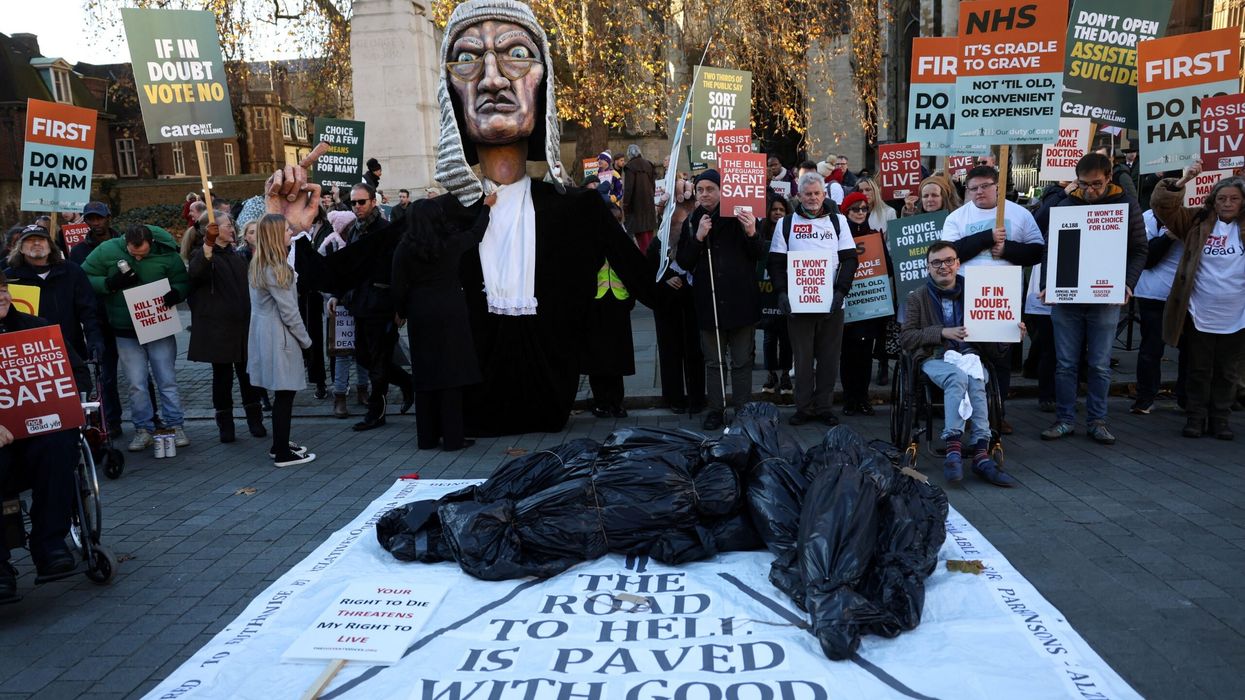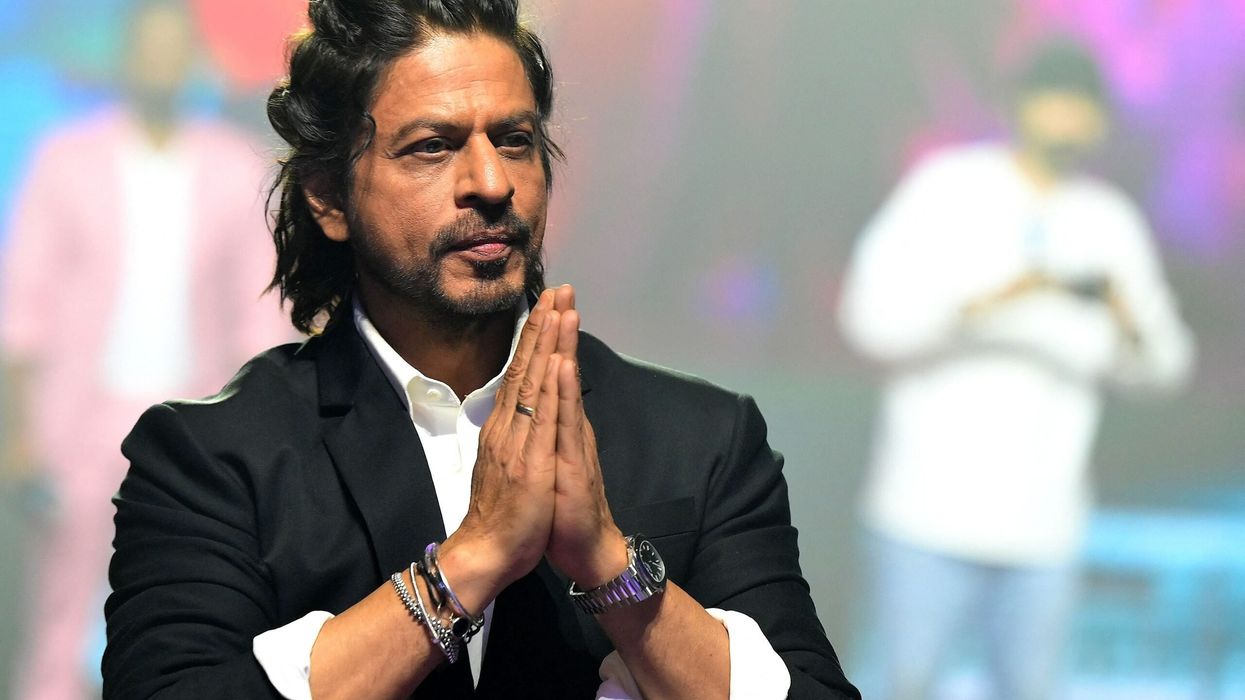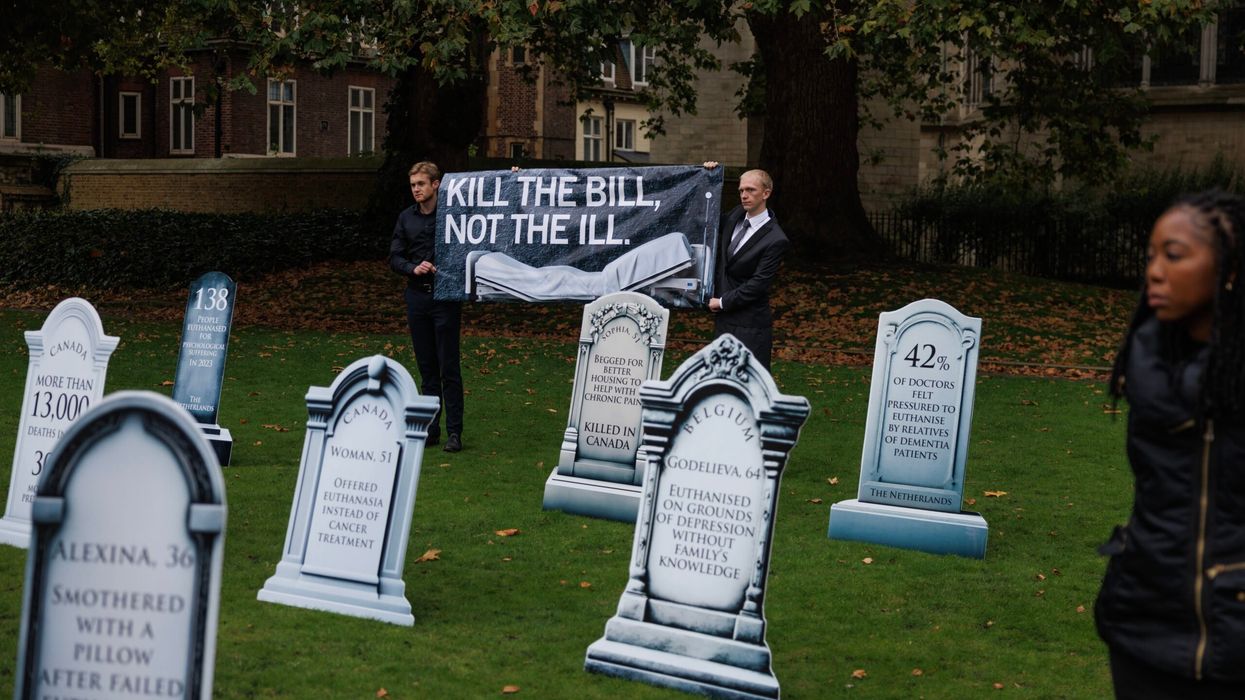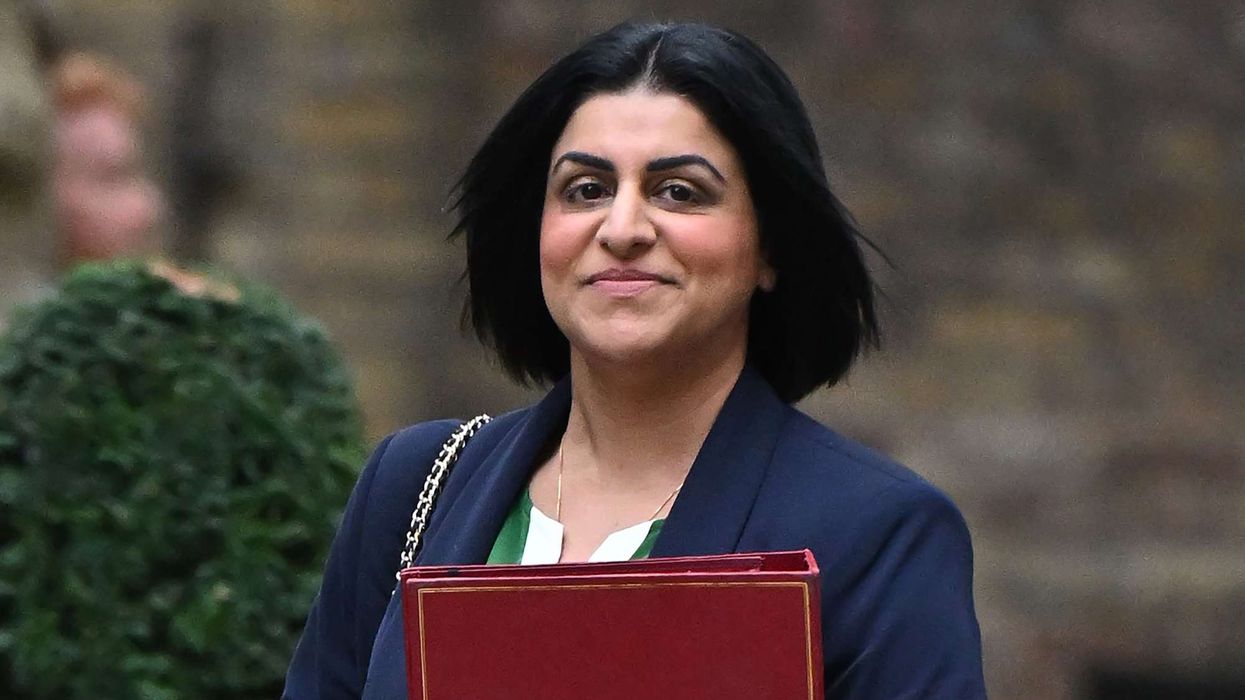by Amit Roy
TATE HINTS AT HISTORY OF INDIAN SOLDIERS IN FIRST WORLD WAR
FIELD-MARSHAL Sir Claude Auchinleck, Commander-in-Chief of the Indian Army from 1942, once asserted that the British “couldn't have come through both wars (First and Second World Wars) if they hadn’t had the Indian Army”.
The statistics are that in the First World War, 1.5 million Indian troops fought for Britain between 1914-18 on the Western Front, in Gallipoli, Mesopotamia, Egypt and Italy. When it ended, 113,743 Indians were reported dead, wounded or missing.
In the Second World War, 2.5 million Indian soldiers enlisted for Britain from 1939-45. They served in the North African campaign against the Germans, in Eritrea and Abyssinia against the Italians; in the Middle East, Iran and Iraq; in the Far East; in Italy, where they took part in the siege of Monte Cassino and elsewhere.
By the end of the war, 36,092 Indians had been killed or were missing, 64,350 were wounded and 79,489 taken prisoner.
Many of the Indians were Sikhs. Yet, as immigrants, they had to fight for the right to wear turbans on buses in Wolverhampton in the 1960s and as motorcyclists in the 70s.
However, the historian Kusoom Vadgama makes the valid point that these soldiers “did not fight as Sikhs or Muslims or Hindus, but as Indians”. She laments today’s tendency, probably for vote bank reasons, to divide the community.
We cannot even imagine what these soldiers had to endure in the bitter cold of the Western Front over a century ago, but the horrors of war can be glimpsed in a harrowing exhibition at Tate Britain.
Aftermath: Art in the Wake of the World War One looks at shattered bodies and mind through the eyes of British, French and German artists. There are paintings of soldiers lying in muddy fields alongside broken helmets and sketches of disfigured faces that surgeons tried to fix. The artists focused understandably on their own nationals, so there was no one to paint Indians in battle.
However, I did find the detail of an ink on paper drawing of the Indian War Memorial at Neuve Chapelle in France, designed by the architect Herbert Baker in 1925.
The location was chosen because it was at Neuve Chapelle that the Indian Corps fought its first major action as a single unit in March 1915.
The Imperial War Graves Commission felt the Indians deserved a memorial. Some 4,700 soldiers and labourers who lost their lives on the Western Front during the First World War had no known grave.
The monument takes the form of a walled garden with a central column topped by a lotus flower, the Imperial British Crown and the Star of India. The two tigers were carved by the sculptor Charles Wheeler.
The memorial was unveiled on October 7, 1927, by the Earl of Birkenhead, then secretary of state for India, who had served as a staff officer with the Indian Corps during the war. The ceremony was attended by Sir Jagatjit Singh Bahadur, the Maharaja of Kapurthala, Rudyard Kipling, and a large contingent of Indian veterans – and three years ago, it was visited by the Indian prime minister Narendra Modi.
One prize-winning artist, Suman Kaur, 30, from Yorkshire, is doing her bit to compensate for the lack of paintings of Indian soldiers. She tells me she is “exploring my heritage” by painting Sikh soldiers in World War One.
- Aftermath: Art in the Wake of the World War One is at Tate Britain until September 23.












